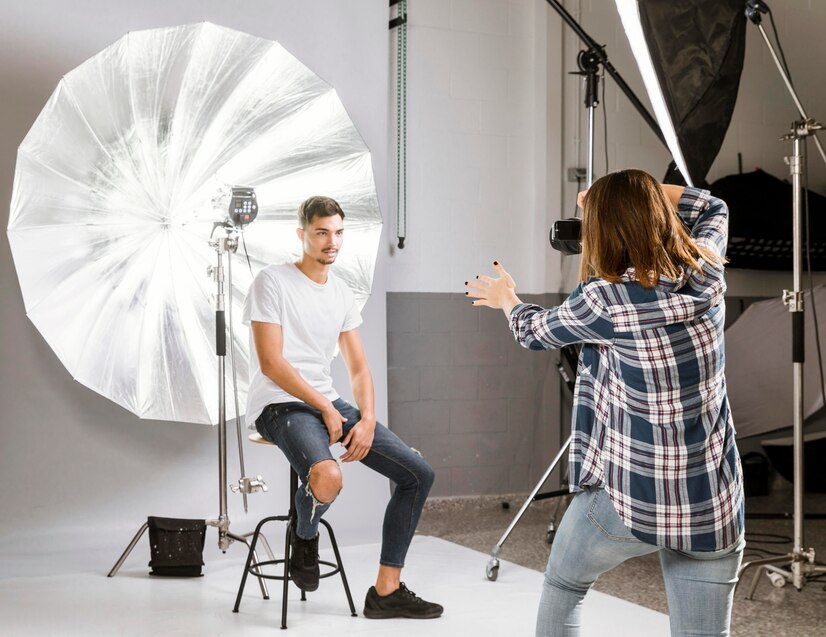Introduction
A back casting room is a specialized environment designed to facilitate the technique of “backcasting.” Unlike forecasting, which starts with the present and moves forward to predict future outcomes, backcasting begins with a desired future scenario and works backwards to determine the steps necessary to achieve that scenario. This approach is widely used in strategic planning, sustainability studies, and complex problem-solving processes.
Purpose of a Back Casting Room
The primary purpose of a back casting room is to provide a conducive space for individuals or teams to engage in structured, creative thinking. It is designed to support the systematic exploration of future possibilities and the development of actionable strategies to achieve specific goals.
Key Features of a Back Casting Room
1. Collaborative Space
A back casting room is typically equipped with features that promote collaboration. This includes large whiteboards, interactive displays, and ample wall space for sticking notes and charts. The layout is often flexible to accommodate different group sizes and configurations.
2. Technological Tools
Advanced technological tools are essential in a back casting room. These may include:
- Interactive Whiteboards: For real-time brainstorming and idea mapping.
- Projectors and Screens: To display information and visualize future scenarios.
- Software Applications: Specialized backcasting software can help in organizing thoughts, simulating scenarios, and tracking progress.
3. Facilitation Resources
A successful backcasting session often requires a skilled facilitator to guide the process. The room may include:
- Facilitation Kits: Containing markers, sticky notes, templates, and other tools to aid in the process.
- Training Materials: Guides, books, and manuals on backcasting techniques and methodologies.
4. Comfort and Accessibility
To encourage prolonged engagement and creativity, the room should be comfortable and accessible. This includes:
- Ergonomic Furniture: Chairs and tables that can be easily rearranged.
- Refreshments: Coffee, tea, and snacks to keep participants energized.
- Quiet Zones: Areas where individuals can retreat for focused thinking.
Steps in the Backcasting Process
1. Define the Vision
Start by defining a clear and compelling vision of the desired future state. This vision should be specific, achievable, and inspiring.
2. Identify Milestones
Break down the vision into key milestones that represent significant progress points along the path to the final goal.
3. Analyze Current Reality
Assess the current situation in relation to the vision. Identify gaps, challenges, and opportunities.
4. Develop Strategies
Work backwards from the vision to the present, identifying the necessary steps and actions required to achieve each milestone.
5. Create an Action Plan
Develop a detailed action plan that outlines who will do what, by when, and how progress will be measured.
6. Implement and Monitor
Put the plan into action and continuously monitor progress. Adjust the plan as necessary to stay on track toward the vision.
Benefits of a Back Casting Room
1. Enhanced Creativity
The structured yet flexible environment encourages innovative thinking and creative problem-solving.
2. Improved Collaboration
The collaborative tools and setup foster teamwork and collective brainstorming.
3. Clearer Pathways
By starting with the end in mind, backcasting provides a clear roadmap for achieving complex goals.
4. Greater Engagement
The process and environment keep participants engaged and motivated to contribute their best ideas.
Conclusion
A back casting room is a vital resource for any organization or group looking to achieve ambitious future goals through strategic planning and innovative thinking. By providing the right environment and tools, it enhances the effectiveness of the backcasting process, making it easier to chart a course from the present to a desired future state. Whether used in business, government, or community planning, a back casting room can help turn visionary ideas into actionable realities.

